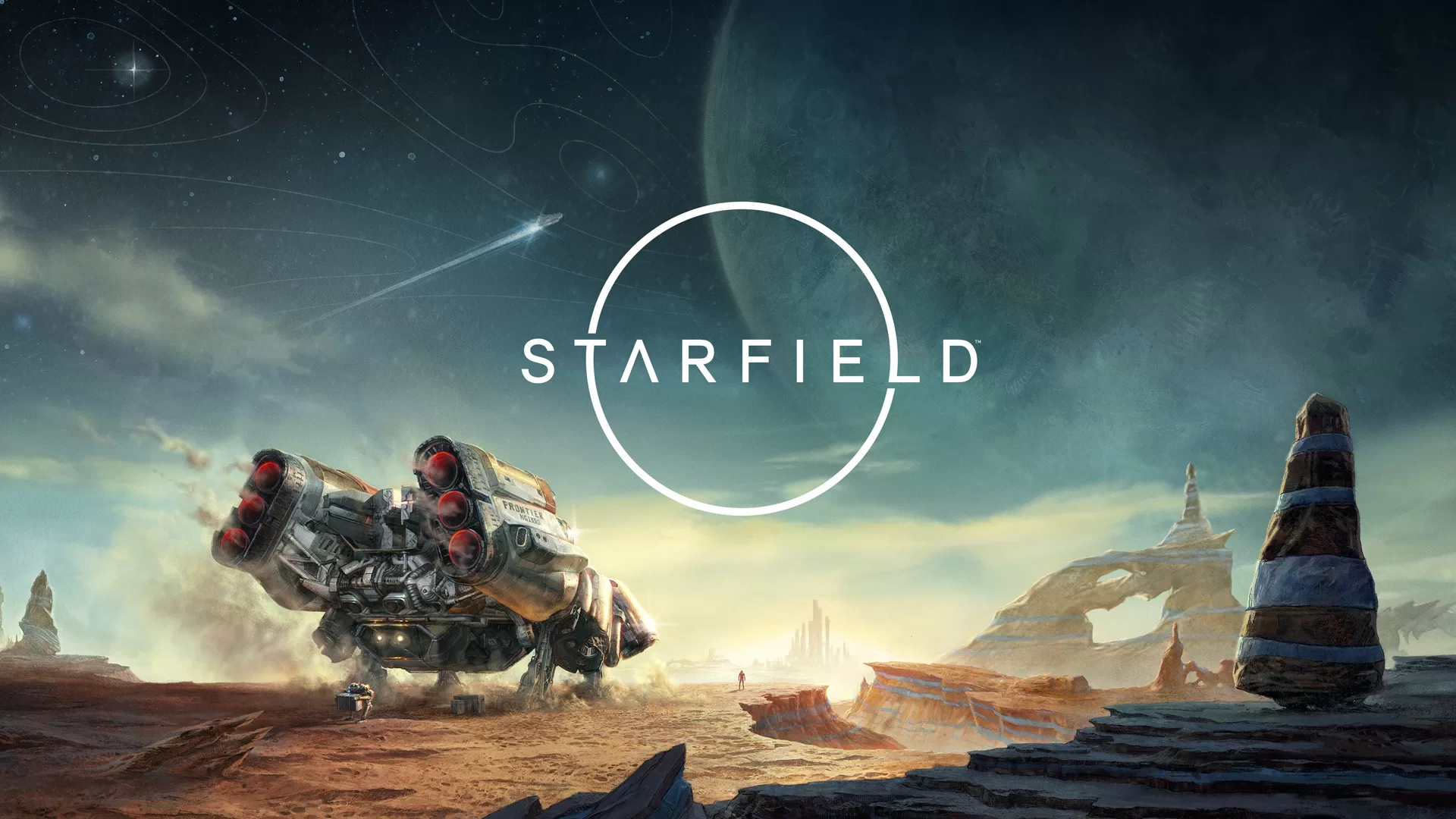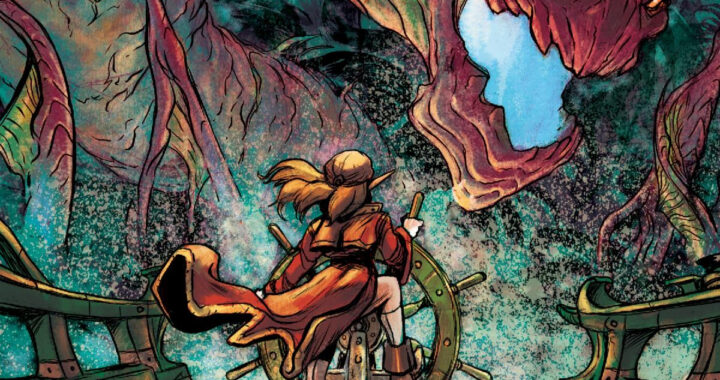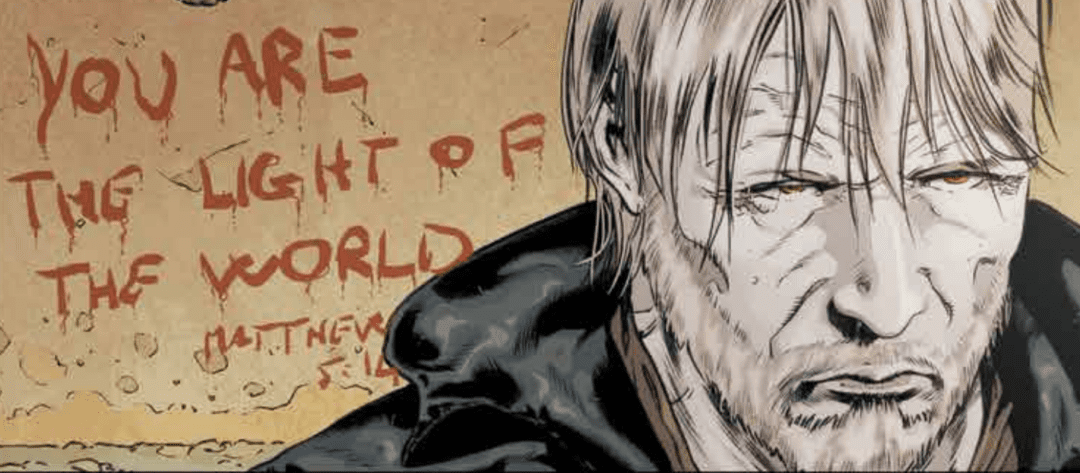
Review: Eclipse Volume 3
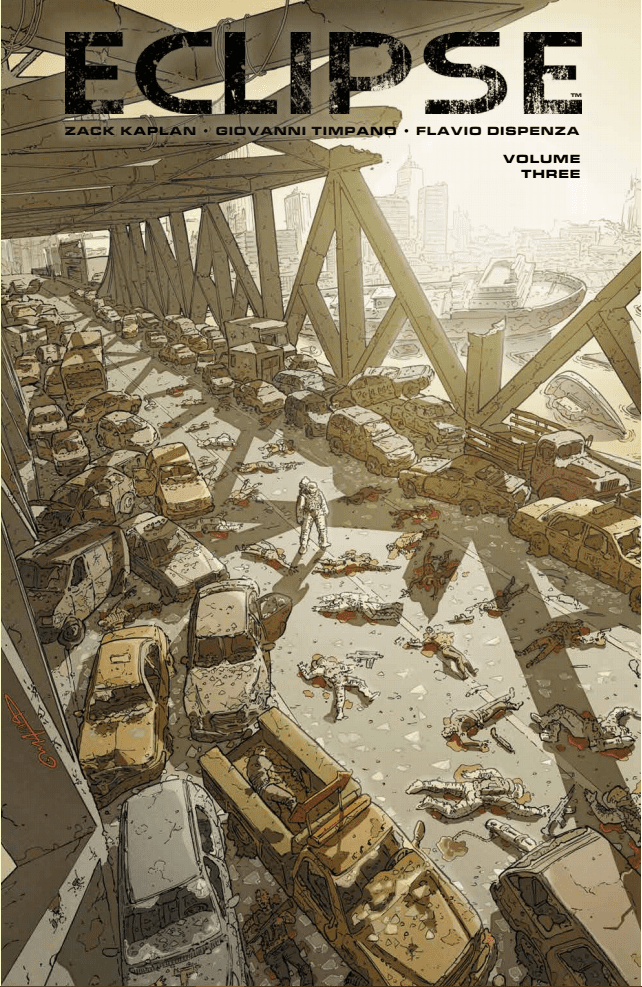 There is a philosophical saying that goes something like this, ‘For there to be light, there must be darkness.’ It toys with the idea that in order for you to understand, appreciate and even recognize good…there must be evil. Restated, you cannot understand the concept of good unless you have something to contrast it against…namely evil. This is a theme that you can see played out across many genres and perhaps most famously, in comics, by a character like Batman. That theme is expanded, writ large, by writer Zack Kaplan in Eclipse. Everywhere you look in Eclipse, you see this idea played out. Each character is a mix of light and dark, good and evil. Even the world of Eclipse is a study in this philosophical precept; albeit one that turns this idea on its head with sunlight offering death while darkness offers life. However, there is nuance here as the land above offers freedom and possibly a new life (if a way can be found to live in the light) while the dark offers status quo corruption and moral equivocation.
There is a philosophical saying that goes something like this, ‘For there to be light, there must be darkness.’ It toys with the idea that in order for you to understand, appreciate and even recognize good…there must be evil. Restated, you cannot understand the concept of good unless you have something to contrast it against…namely evil. This is a theme that you can see played out across many genres and perhaps most famously, in comics, by a character like Batman. That theme is expanded, writ large, by writer Zack Kaplan in Eclipse. Everywhere you look in Eclipse, you see this idea played out. Each character is a mix of light and dark, good and evil. Even the world of Eclipse is a study in this philosophical precept; albeit one that turns this idea on its head with sunlight offering death while darkness offers life. However, there is nuance here as the land above offers freedom and possibly a new life (if a way can be found to live in the light) while the dark offers status quo corruption and moral equivocation.
For those of you who are not familiar with Eclipse, the world has been turned upside down after a solar flare makes it impossible to live on the surface. The radiation coming off the sun is so strong that human beings exposed to sunlight are incinerated within seconds. Forced to move underground, a new order is established and a company named Solaris has become the center of power in New York City. Over the course of the first two volumes we are introduced to New York in its new incarnation and we meet the power players whose story we will follow. Each of these characters, and their motivations, follow the theme I touched on earlier as they struggle with darkness and light, good and evil in each of the choices they are forced to make. Nowhere is this more evident than in the case of The Scientist, an albino whose blood holds the cure to returning to the surface. Introduced at the beginning of the series, The Scientist’s story continues in volume 3. While he is originally a character of light, wanting to bring a cure to the people of New York City, he transitions into a morally ambiguous character at best. At worst, he is an evil character. This change is precipitated by decisions made by those in power. The people in charge of Solaris reject The Scientist and his cure and actively seek to eliminate the threat he poses to their new society. While there is certainly an element of greed to their decision, they are powerful because of their control of Solaris after all, they also understand the consequences of a ‘cure’. The radical overhaul of their society that a cure would bring would undo 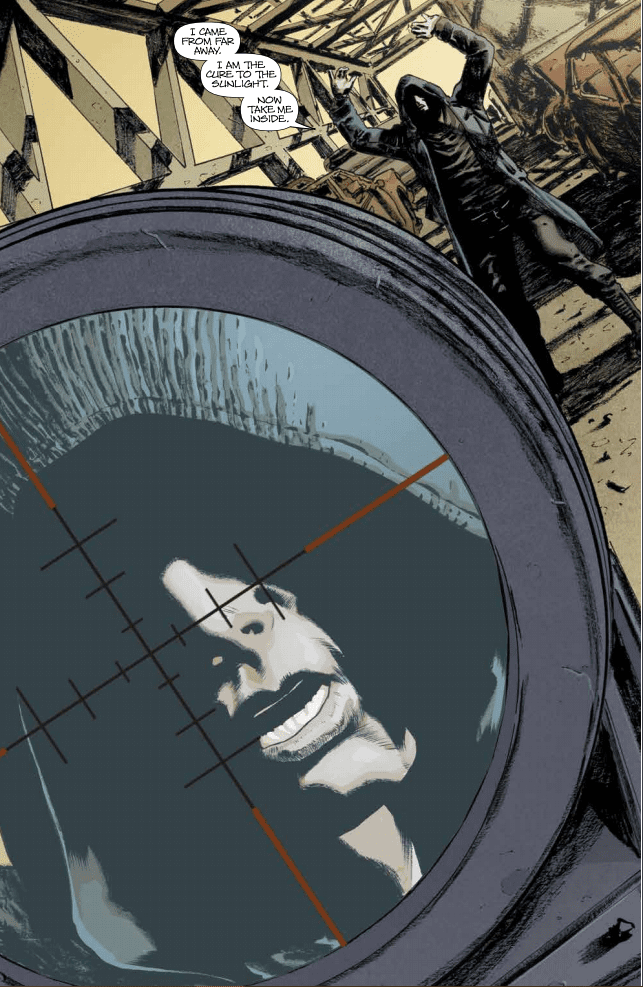 years of work and leave the people of New York at square one for all intents and purposes. Below ground, they have a society, infrastructure, government and more. Above ground, there is nothing. The Scientist’s 12 issue arc ends in this volume as his story, and the story of those whose stories orbited his, concludes. Light and dark, good and evil, moral and immoral…every action and its consequences is laid bare. This is storytelling at it’s finest though it is not the easiest thing to read. There are no superheroes here. No villainous archetypes to root against. Instead, you have a collection of people who have been placed in this post apocalyptic setting; struggling to make the best decisions that they can.
years of work and leave the people of New York at square one for all intents and purposes. Below ground, they have a society, infrastructure, government and more. Above ground, there is nothing. The Scientist’s 12 issue arc ends in this volume as his story, and the story of those whose stories orbited his, concludes. Light and dark, good and evil, moral and immoral…every action and its consequences is laid bare. This is storytelling at it’s finest though it is not the easiest thing to read. There are no superheroes here. No villainous archetypes to root against. Instead, you have a collection of people who have been placed in this post apocalyptic setting; struggling to make the best decisions that they can.
Eclipse is an amazing series, worthy of study by anyone who want to write for a living. Zach Kaplan’s writing never falters and each of his characters feels real and layered as they respond to those around them and their environment.  To any writer who is trying to write emotionally complex characters, I don’t think there is any higher praise. The artwork by Giovanni Timpano (The Shadow, Justice Inc) is equally as impressive, conveying the dystopian setting superbly. Particular attention is paid to those individuals who have the misfortune of being exposed to the harsh rays of the sun. The drawings are done in such detail that one can almost imagine the hiss of burning flesh and the effect is both horrifying and grotesque. Another compelling feature of this book is the art design of underground New York City. No detail has been overlooked and this is a world that feels lived in and authentic. The color work by Flavio Dispenza also conveys this theme of light and dark. When outside, each color is washed out and saturated with light, conveying the harsh reality of life above ground. Meanwhile, the color underground is cool, dark and comforting. However, the underground color also conveys a sense of seediness and rot. Once again, the color underscores and highlights the nature of the location where the action is taking place. This is a must read book for science fiction fans. Its unique setting, excellent writing, detailed artwork and masterful use of color make this a book to be treasured.
Writing – 5 of 5 Stars
Art – 5 of 5 Stars
[yasr_overall_rating size=”large”]
Writer – Zack Kaplan
Art – Giovanni Timpano
Color – Flavio Dispenzo
Letters – Troy Peteri
Author Profile
- Nemesis is a poet, writer and author of the upcoming novel The Long Game. He is a writer of science fiction and supernatural thrillers. Besides novels and short stories he writes for UK based ASAP Comics developing new stories for Level 8 and OPSEC. Nem is a graduate of the United States Military Academy at West Point and tries to bring those experiences into his writing.
He lives and works out of his home in Riverside, California with his wife and three children. When not writing he enjoys reviewing comic books and graphic novels for ComicCrusaders.com and living the Southern California life with his family.
Latest entries
 Comic BooksNovember 8, 2023Review: Cyberpunk 2077 Library Edition Volume 1
Comic BooksNovember 8, 2023Review: Cyberpunk 2077 Library Edition Volume 1 GamingSeptember 21, 2023PC Game Review – Starfield
GamingSeptember 21, 2023PC Game Review – Starfield PreviewsSeptember 20, 2023TTRPG Review – Star Trek Captain’s Log
PreviewsSeptember 20, 2023TTRPG Review – Star Trek Captain’s Log Comic Crusaders PodcastJuly 19, 2023Comic Crusaders RPG Special – Dune RPG by Modiphius
Comic Crusaders PodcastJuly 19, 2023Comic Crusaders RPG Special – Dune RPG by Modiphius
